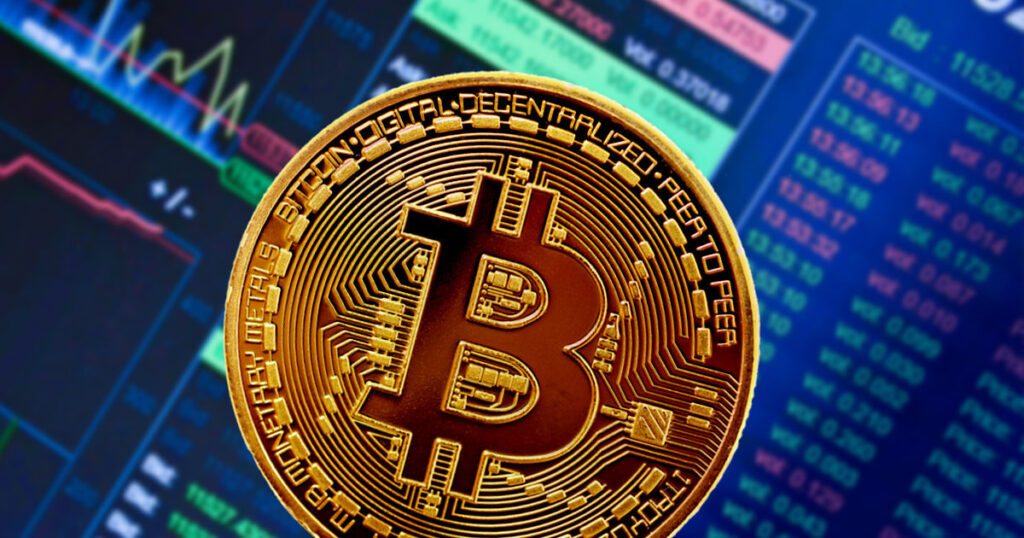The Rise of Decentralized Exchanges (DEXs): A New Era in Cryptocurrency Trading
The world of cryptocurrency trading has witnessed a significant shift in recent years, with the emergence of decentralized exchanges (DEXs). These platforms have revolutionized the way people buy, sell, and trade digital assets, offering a more secure, transparent, and user-friendly alternative to traditional centralized exchanges.
A Brief History of Centralized Exchanges
Centralized exchanges, like Binance, Coinbase, and Kraken, have been the norm in the cryptocurrency market since the early days of Bitcoin. These platforms act as intermediaries, connecting buyers and sellers, facilitating transactions, and recording trades. While they have been instrumental in popularizing cryptocurrency trading, they have also been criticized for their security vulnerabilities, high fees, and counterparty risks.
The Rise of Decentralized Exchanges
Decentralized exchanges, on the other hand, are built on blockchain technology, leveraging smart contracts to facilitate transactions. DEXs eliminate the need for intermediaries, promoting a peer-to-peer trading model. This approach not only reduces fees but also enhances security, as each transaction is recorded on a public ledger, making it transparent and tamper-proof.
The first DEX, Ethereum-based OasisDEX, was launched in 2018, followed by other notable DEXs such as Uniswap, SushiSwap, and Curve Finance. These platforms have gained significant traction, with Uniswap alone reporting over $1 billion in daily trading volume.
Key Benefits of Decentralized Exchanges
So, what sets DEXs apart from their centralized counterparts? Here are some key benefits:
- Decentralized: DEXs operate without a central authority, ensuring that no single entity can control the platform, reducing the risk of fraud and corruption.
- No Counterparty Risks: Since DEXs don’t require users to custody their assets, there is no risk of theft or loss due to exchange insolvency.
- Lower Fees: DEXs typically charge lower fees compared to centralized exchanges, making it more cost-effective for users.
- Increased Liquidity: DEXs permit anyone to become a liquidity provider, increasing market liquidity and providing more trading opportunities.
- Improved Security: Transactions are recorded on a public ledger, ensuring that all transactions are transparent, tamper-proof, and secure.
- Faster Settlement: Trades are settled automatically, eliminating the need for intermediaries, resulting in faster transaction times.
Challenges and Limitations
While DEXs have shown promising growth, they still face challenges:
- Scalability: DEXs, particularly those built on Ethereum, struggle to scale due to the network’s congestion and high gas fees.
- User Experience: The lack of user-friendly interfaces and limited traditional exchange functionality, such as stop-loss orders and margin trading, can make DEXs less appealing to new entrants.
- Regulatory Uncertainty: The regulatory landscape for DEXs is still evolving, and many countries remain uncertain about how to govern these platforms.
The Future of Cryptocurrency Trading
As the market continues to evolve, we can expect to see more DEXs emerge, addressing the limitations and challenges mentioned above. The shift towards decentralized exchanges has already begun, and it’s likely that traditional exchanges will need to adapt to this new reality to remain competitive.
In conclusion, the rise of decentralized exchanges represents a significant milestone in the evolution of cryptocurrency trading. With their unique benefits, DEXs have the potential to revolutionize the way we buy, sell, and trade digital assets, providing a more secure, efficient, and transparent experience for users worldwide. As the market continues to mature, it’s exciting to think about the possibilities that DEXs will bring to the world of cryptocurrency trading.

